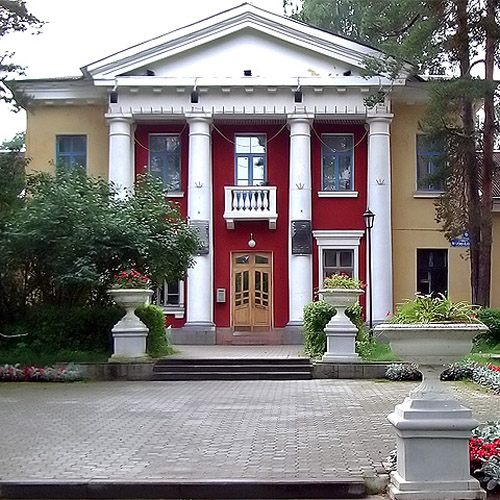Dubnij
105
Db
Skupina
5
Perioda
7
Blok
d
Protoni
Elektroni
Neutroni
105
105
157
Opća svojstva
Atomski broj
105
Relativna atomska masa
[268]
Maseni broj
262
Kategorija
Prijelazni metali
Boja
n/a
Radioaktivan
Da
Imenovan po ruskom gradu Dubni
Kristalna struktura
n/a
Povijest
Dubnium was reportedly first discovered in 1968 at the Joint Institute for Nuclear Research at Dubna.
Researchers there bombarded an americium-243 target with neon-22 ions.
In the same year, a team led by Albert Ghiorso working at the University of California, Berkeley conclusively synthesized the element by bombarding a californium-249 target with nitrogen-15 ions.
Researchers there bombarded an americium-243 target with neon-22 ions.
In the same year, a team led by Albert Ghiorso working at the University of California, Berkeley conclusively synthesized the element by bombarding a californium-249 target with nitrogen-15 ions.
Elektrona po ljusci
2, 8, 18, 32, 32, 11, 2
Elektronska konfiguracija
[Rn] 5f14 6d3 7s2
Berkeleyjev tim predložio je naziv hahnium za taj element
Fizikalna svojstva
Agregacijsko stanje
Čvrsto
Gustoća
39 g/cm3
Talište
-
Vrelište
-
Toplina taljenja
n/a kJ/mol
Toplina isparavanja
n/a kJ/mol
Specifični toplinski kapacitet
- J/g·K
Zastupljenost u Zemljinoj kori
n/a
Zastupljenost u svemiru
n/a

Izvor slike: Wikimedia Commons (Hrustov)
The element is named after after the Russian town of Dubna, the location of the Joint Institute for Nuclear Research
CAS broj
53850-35-4
PubChem CID broj
n/a
Atomska svojstva
Atomski radijus
-
Kovalentni radijus
149 pm
Elektronegativnost
-
Potencijal ionizacije
-
Atomski volumen
-
Toplinska vodljivost
0,58 W/cm·K
Stanja oksidacije
5
Primjene
Dubnium is used for scientific research purposes only.
Dubnium is harmful due to its radioactivity
Izotopi
Stabilni izotopi
-Nestabilni izotopi
255Db, 256Db, 257Db, 258Db, 259Db, 260Db, 261Db, 262Db, 263Db, 264Db, 265Db, 266Db, 267Db, 268Db, 269Db, 270Db